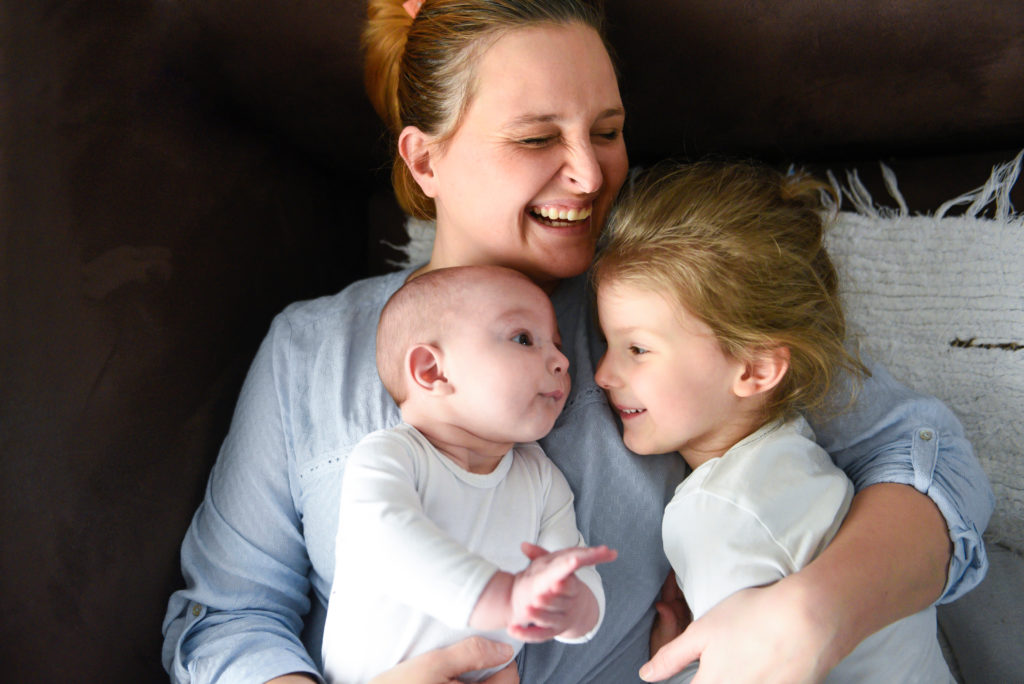Parents who have multiple children will likely go through the baby proofing process multiple times. They have the advantage of learning from prior children to find out what works, what does not work, and areas that may be troublesome. The layout of your home and any appliances or risks that are around the home may have changed throughout the years. Considering this, parents are encouraged to re-evaluate the safety of their home as their children grow and their family changes.
Think about any past issues your kids may have and the accidents or injuries that resulted. Start with this list and begin to address those areas first.
Some common things parents adjust on a second round of baby proofing include:
- Adding more child locks. Kids find everything and even that hard to open cupboard is interesting and challenging to a toddler. Use more locks than you think you need.
- Being more aware of choking hazards. From tiny doll shoes to batteries to beads, kids put everything in their mouths. Be hypervigilant about sweeping the floors to remove as many temptations as possible and look at everything like it could be a snack.
- Considering placement of pet foods. Crawling babies may head right for Fido’s bowl and end up choking or getting sick.
- Installing window and screen locks to prevent falls especially from upstairs windows.
- Replacing corded window coverings with cordless ones, as corded window coverings pose a strangulation hazard to infants and young children who can become entangled. Look for the “Best for Kids” certification label when choosing replacements, available at all major US retailers.
- Having older children help out with baby proofing by getting down on the floor and pointing out anything that is within a baby’s reach that may be problematic.
- Investing in smart appliances where you can have access to the status of all of your safety devices through an app or software. This is helpful when small hands accidentally turn something on.
- Making sure fragrance diffusers and candles are out of reach. Also consider that some of these items can create toxic fumes. Speak with your healthcare professional for guidance on safe options. Essential oils can be toxic to both kids and pets. Make sure to learn about the product before using.
Lean into your experiences and learn and improve the safety of your home. You can’t prevent your kids from every injury, but you can create the safest environment possible for them to grow and thrive.

